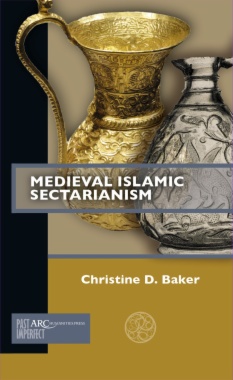Yoga gurus on lifestyle cable channels targeting time-pressured Indian urbanites; Chinese dating shows promoting competitive individualism; Taiwanese domestic makeover formats combining feng shui with life planning advice: Asian TV screens are increasingly home to a wild proliferation of popular factual programs providing lifestyle guidance to viewers. In Telemodernities Tania Lewis, Fran Martin, and Wanning Sun demonstrate how lifestyle-oriented popular factual television illuminates key aspects of late modernities in South and East Asia, offering insights not only into early twenty-first-century media cultures but also into wider developments in the nature of public and private life, identity, citizenship, and social engagement. Drawing on extensive interviews with television industry professionals and audiences across China, India, Taiwan, and Singapore, Telemodernities uses popular lifestyle television as a tool to help us understand emergent forms of identity, sociality, and capitalist modernity in Asia.
- Cover
- Title
- Copyright
- Contents
- Acknowledgments
- Introduction: Telemodernities
- One. Lifestyle Television in Context Media Industries, Cultural Economies, and Genre Flows
- Two. Local versus Metropolitan Television in China Stratification of Needs, Taste, and Spatial Imagination
- Three. Here, There, and Everywhere Mediascapes, Geographic Imaginaries, and Indian Television
- Four. Imagining Global Mobility TLC Taiwan
- Five. Gurus, Babas, and Daren Popular Experts on Indian and Chinese Advice TV
- Six. Magical Modernities Spiritual Advice TV in India and Taiwan
- Seven. Risky Romance Navigating Late Modern Identities and Relationships on Indian and Chinese Lifestyle TV
- Eight. A Self to Believe In Negotiating Femininities in Sinophone Lifestyle Advice TV
- Conclusion: Negotiating Modernities through Lifestyle Television
- Notes
- Works Cited
- Index

